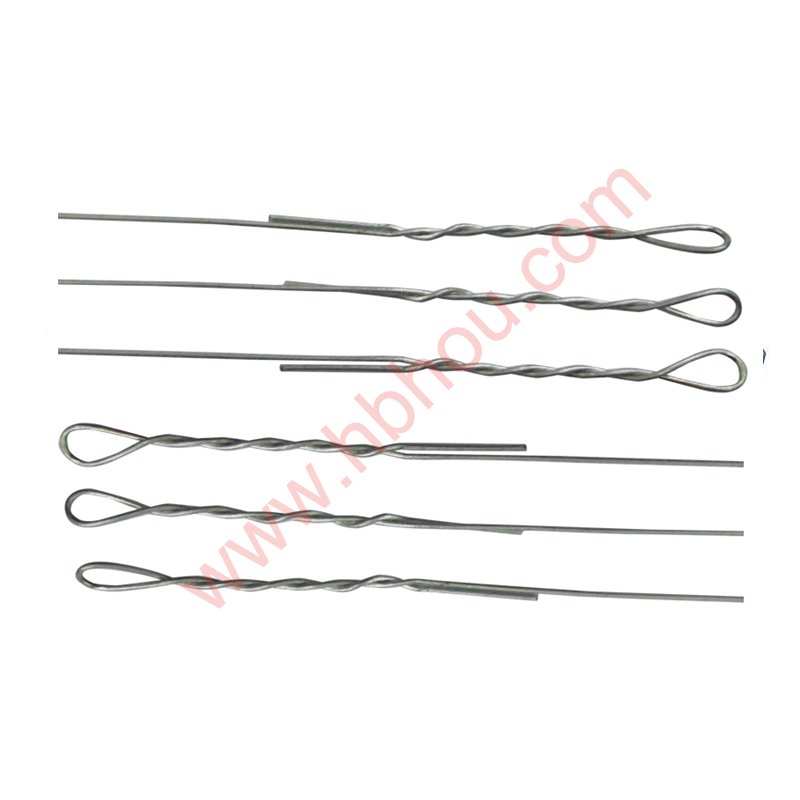Supporting Tomato Plants with Stakes
Growing tomatoes in your garden can be a rewarding experience, but it also comes with its own set of challenges. One of the main challenges you may face is providing adequate support for your tomato plants as they grow. Tomatoes are climbers by nature; they produce vines that can become heavy with fruit, making them prone to breaking or sprawling on the ground. This is where staking comes in handy. By using stakes, you can ensure that your tomato plants grow upright, allowing for better air circulation, reducing the risk of disease, and making harvesting easier. In this article, we will explore the various ways to effectively support your tomato plants with stakes.
1. Choosing the Right Stakes
The first step in supporting your tomato plants is selecting the right stakes. Several materials can be used, including wood, metal, and plastic. Wooden stakes are the most common; they are sturdy and can withstand the weight of mature plants. Look for untreated wood stakes that are at least 5 to 6 feet long, as this height will provide ample support for most tomato varieties. Metal stakes, such as rebar or fencing posts, are also durable and can be reused for many seasons. If you prefer a lighter option, plastic stakes can work well but may not be strong enough for larger plants.
2. When to Stake Your Tomatoes
Timing is crucial when it comes to staking tomato plants. Ideally, you should insert the stakes into the ground when you first plant your tomatoes, to avoid disturbing the roots later on. Place the stake a few inches away from the base of the plant to avoid damaging the root system. If your plants are already established, be gentle when pushing the stake into the ground to prevent damaging the roots or existing foliage.
3. How to Stake Your Tomato Plants
There are several methods for staking tomato plants, and the choice often depends on personal preference and the growth habits of your tomato variety. Here are a few popular methods
- Single Stake Method This is the simplest method, where one stake is placed beside each plant. As the tomato plant grows, gently tie the main stem to the stake using soft twine or plant ties. Be careful not to tie too tightly, as this can damage the stem.
supporting tomato plants with stakes

- Cage Method Tomato cages provide support all around the plant. These are typically made from wire or metal and allow for easy access to the fruit. Make sure the cage is large enough to accommodate the plant as it grows. Insert the cage into the soil at planting time for best results.
- Florida Weave Method This method is effective for rows of tomato plants. It involves placing stakes at either end of the row and weaving twine between the plants at an angle. This not only supports the plants but also keeps them spaced apart for better air circulation.
4. Maintaining the Support System
As your plants grow, you will need to regularly check the support system to ensure it is still secure. Re-tie the plants as necessary, using soft materials that won’t cut into the stem. It’s important to monitor the health of your tomato plants, as issues like wilting or yellowing leaves can indicate that they need more sunlight or water.
5. Benefits of Staking Tomato Plants
The benefits of staking your tomato plants extend beyond merely keeping them upright. First, supporting your plants reduces the risk of diseases such as blight, as improved air circulation helps prevent moisture buildup. Second, staking makes harvesting easier, as the fruit is more accessible and less likely to rot when kept off the ground. Lastly, it maximizes space in your garden, allowing you to grow more plants in a smaller area by utilizing vertical space.
Conclusion
Supporting tomato plants with stakes is an essential gardening practice that can lead to healthier plants and a more abundant harvest. By choosing the right stakes, timing your installation appropriately, and maintaining your support system, you'll set your tomato plants up for success. Whether you opt for a simple stake, a cage, or a woven method, the right support will benefit both you and your tomato plants as they thrive in your garden.
















